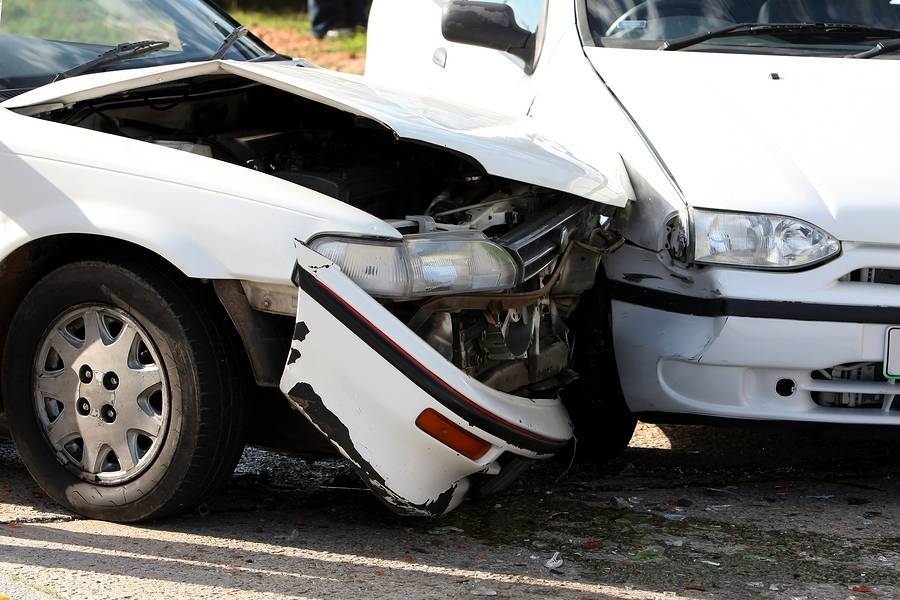Civil liability, which covers debates about compensation and insurance costs, is typically connected to auto accidents. However, in some circumstances—such as hit-and-run collisions—criminal charges may be brought. The driving laws in your state, however, may have a significant impact. This raises the question of whether hit-and-run crimes are felonies in California.
Due to the act that was done after the accident, hit-and-run is typically considered a criminal violation. Continue reading to find out more about a hit-and-run crime and what you need to know to prove your innocence.
Are Hit-and-Runs Felonies or Misdemeanors?
Depending on the harm caused by the incident, a hit-and-run accident may be classified as a crime or a misdemeanor under state law. In California, for instance, the distinction is based on substantial bodily harm. A hit-and-run is often considered a misdemeanor if it results in property damage. If it results in physical harm to another individual, nevertheless, it is now a felony. Keep in mind that these distinctions can change based on the accident’s severity and other elements.
You’d probably require assistance with challenging legalities and processes if you were hurt in a hit-and-run accident. The stress of handling legal matters can be reduced by hiring a Los Angeles motor vehicle accident attorney, allowing you to concentrate on getting better from your injuries.
What Constitutes A Hit-And-Run As A Crime?
When there are property damages caused by the collision, a hit-and-run can become a felony. Additionally, the conviction and penalty may be increased depending on how severe the injuries are.
In California, leaving the scene has the potential to turn a hit-and-run into a felony and misdemeanor. If there were injuries and property damage, this might happen. In most cases, it is a misdemeanor if the sole damage was to property.
Penalties for and Consequences of Hit-and-Run Crimes
A misdemeanor may be used to prosecute minor hit-and-run offenses. But greater punishments and repercussions may be associated with a felony. The following are examples of hit-and-run felonies. However, they are not all-inclusive:
- Fines ranging between $5,000 and $20,000
- imprisonment, typically as a result of a hit-and-run crime
- prison terms of up to 15 years
- Department of Motor Vehicles administrative penalties (DMV)
- Punitive damages or treble damages are included in civil fines.
They are subject to modification. Additionally, to civil litigation brought by other parties engaged in the collision, an at-fault driver occasionally has to deal with felony or misdemeanor charges.
